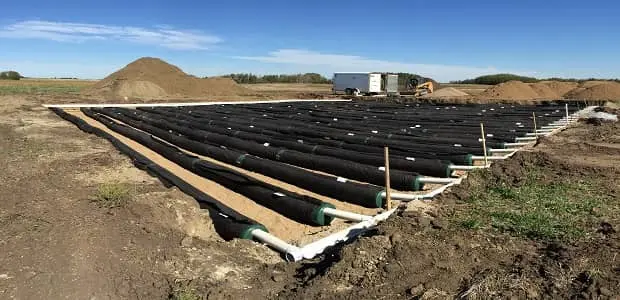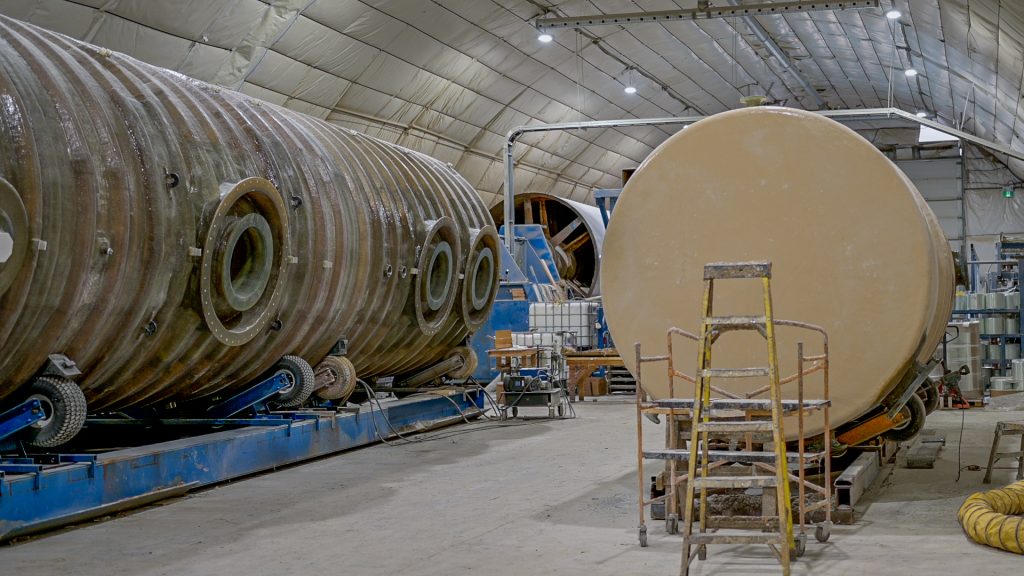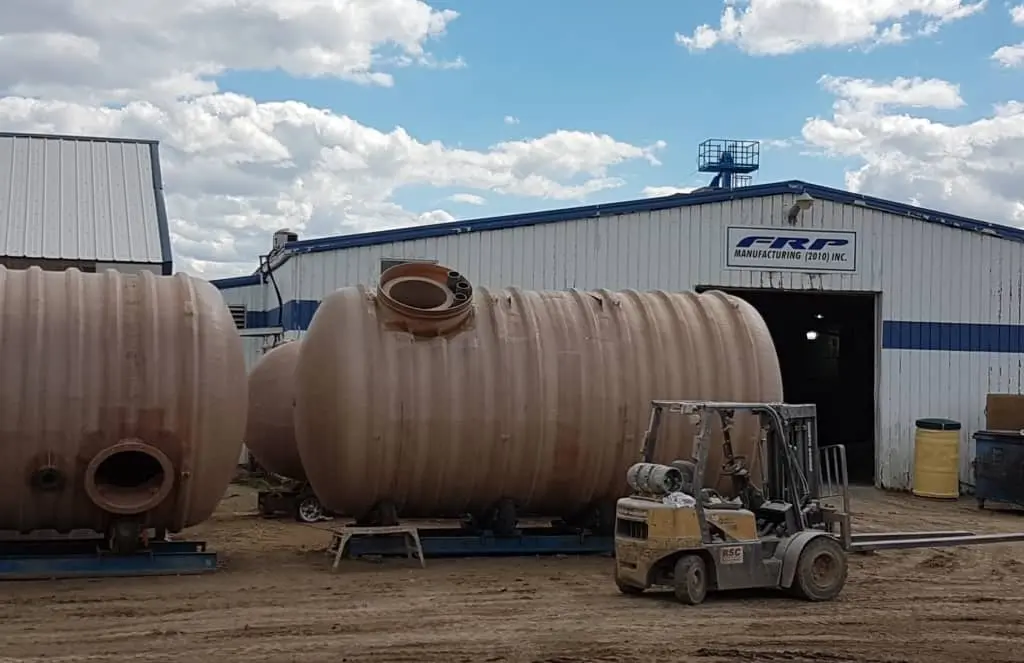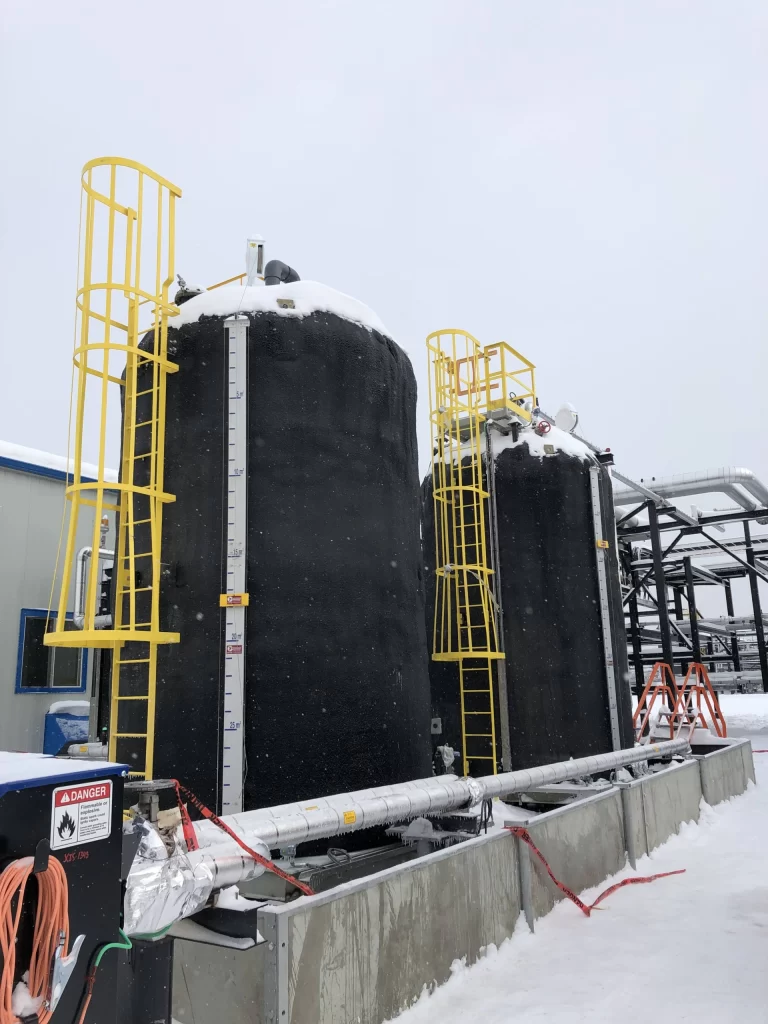Septic tanks are an important component of the wastewater management system for many households, businesses, and industries. They are available in different materials, sizes, and shapes and their durability depends on many factors. Septic tanks that are made from fiberglass can be long-lasting when installed properly and maintained regularly. Read ahead to find out more about fiberglass septic tanks, how long they last, and how you can maintain them for effective use.
How Long Does A Fiberglass Septic Tank Last?
The materials from which a septic tank is constructed can greatly impact its lifespan and overall durability. Steel tanks have a short lifespan and can only last around fifteen to twenty years. Steel tanks can rust over time which can cause leaks and failure, and this is why they don’t last very long unlike fiberglass tanks.
Septic tanks that are made of fiberglass are lightweight, watertight, strong, and corrosion-resistant which makes it an ideal choice of construction material for septic tanks. Fiberglass septic tanks are available in different shapes and sizes, and are suitable for residential and commercial applications. If you are wondering how long a fiberglass septic tank can last, they can last as long as twenty to thirty years, depending on the construction methods, the condition of the soil, and materials used while manufacturing. Fiberglass septic tanks can last for an even longer time with proper care and maintenance, provided that your septic system was properly designed and installed by a professional in accordance to the building code in your area.
The lifespan of fiberglass septic tanks can fluctuate depending on several factors including installation, maintenance, and usage. Some factors such as soil conditions, volume of wastewater, and the age of the tank can also affect its lifespan. It is important to conduct regular inspections and maintenance to help identify any issues and extend the lifespan of the septic tank.
Factors That Affect Longevity Of Fiberglass Septic Tanks
There are several factors that can impact how long fiberglass septic tanks can last, and it is important to understand these factors to ensure to maximize their lifespan.
Installation: If the fiberglass septic tank isn’t installed properly, this can result in leaks, structural damage, and system failure which is why it is crucial to hire a professional contractor to install the septic tank properly.
Maintenance: Regular maintenance of the septic tank is crucial to prevent issues such as leaks and system failure. It is recommended to conduct regular inspections of septic tanks and pumping every 3-5 years. Timely maintenance can help to determine problems early and prevent them from becoming costly issues.
Environmental factors: Roots of trees or bushes near your septic tank can potentially grow into the system’s pipes. This can result in clogs, leaks, or even burst pipes. In addition, corrosive or acidic soil can damage the septic tank and cause it to deteriorate over time and the soil’s drainage capacity can also affect the tank’s lifespan. If the soil isn’t drained properly, it can lead to structural damage and system failure. This is why it is crucial to choose the proper location and soil type when installing a fiberglass septic tank.
If you are seeking more information on fiberglass septic tanks for your commercial or residential needs, visit our website today or give us a call at (309) 326-488.







